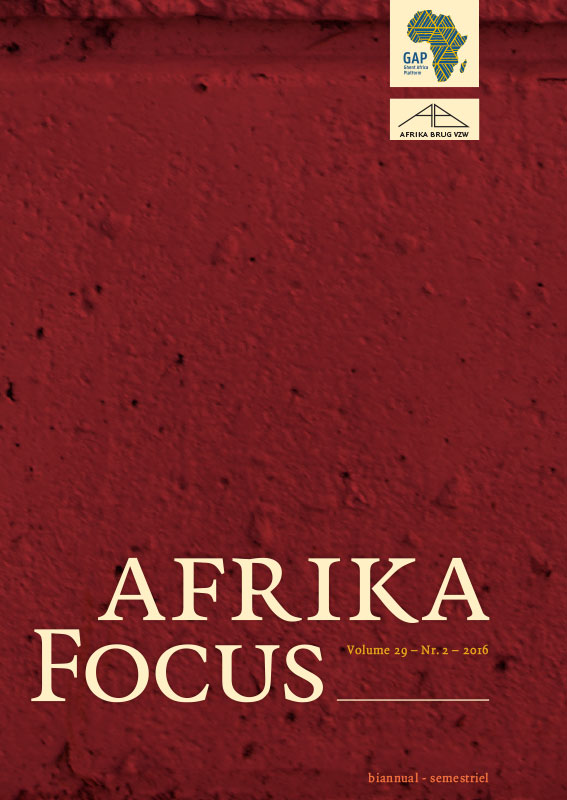Epidemiology of tsetse flies and trypanosomes with a case study in Ethiopia
DOI:
https://doi.org/10.21825/af.v29i2.4850Abstract
The aim of this study was to quantify the abundance of tsetse ies using traditional traps and using anti-tsetse saliva ELISA test and the trypanosome infection prevalence in the tsetse ies and cattle. An area-wide tsetse fly and cattle trypanosomosis survey was conducted in Ethiopia. Groups of mice and pigs were experimentally exposed to G. m. morsitans bite to develop total saliva and rTsal ELISA tests that are capable to detect and monitor the induced anti-saliva antibodies of tsetse following host exposure to tsetse bite. A meta-analysis was conducted on prevalence of trypanosome infection in tsetse flies in the field or in laboratory-controlled conditions. Published information available since 1950s was reviewed. The findings indicated that tsetse ies and trypanosome infections of cattle are widely distributed in Ethiopia and their abundance is affected by spatial factors such as altitude, river drainage system, local factors at PA level (presence of game reserves and land use/encroachment). There was no significant association between tsetse density and prevalence of trypanosomes in cattle. Total tsetse saliva and recombinant Tsal1 protein coated indirect ELISA are sensitive immunological probes to detect contact with tsetse flies. The new serological test at hand is a sensitive indicator that can differentiate regimens of tsetse y bites (various degree of exposure of animals) and that can also detect tsetse fly bite after a prolonged period without exposure. The overall prevalence of trypanosome infection in tsetse fly populations was 10.3% and 31.0% for the eld survey data and laboratory experiment data, respectively. Both spatial (country) and temporal (year of pub- lication) variation are noticed in trypanosome infection prevalence of eld collected tsetse flies. The lack of association between tsetse density and prevalence of trypanosomes in cattle needs further investigation on the role of Tabanus and Stomoxys for mechanical trypanosome transmission. Due to the ongoing interventions, the vector could decline to a low level beyond the fly catching capacity by traps. The current serological ELISA test could be an important surveil- lance tool with sensitive diagnostic value. Key words: cattle trypanosomosis, tsetse fly abundance, tsetse infections, tsetse monitoring toolsDownloads
Published
How to Cite
Issue
Section
License
Authors who publish with this journal agree to the following terms
Authors retain copyright and grant the journal right of first publication with the work simultaneously licensed under a Creative Commons Attribution License that allows others to share the work with an acknowledgement of the work's authorship and initial publication in this journal.
Authors are able to enter into separate, additional contractual arrangements for the non-exclusive distribution of the journal's published version of the work (e.g., post it to an institutional repository or publish it in a book), with an acknowledgement of its initial publication in this journal.
Authors are permitted and encouraged to post their work online (e.g., in institutional repositories or on their website) prior to and during the submission process, as it can lead to productive exchanges, as well as earlier and greater citation of published work (See The Effect of Open Access).


